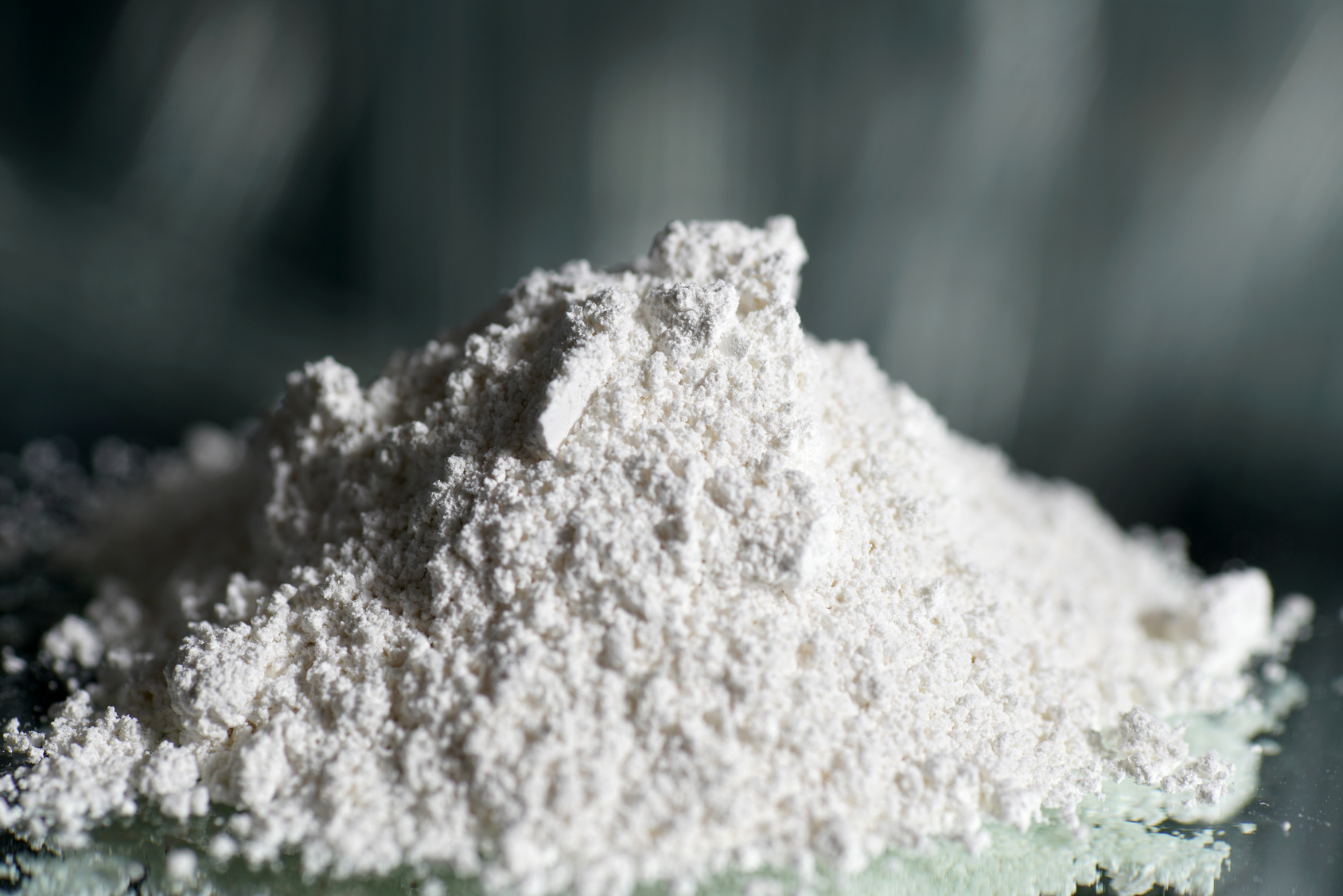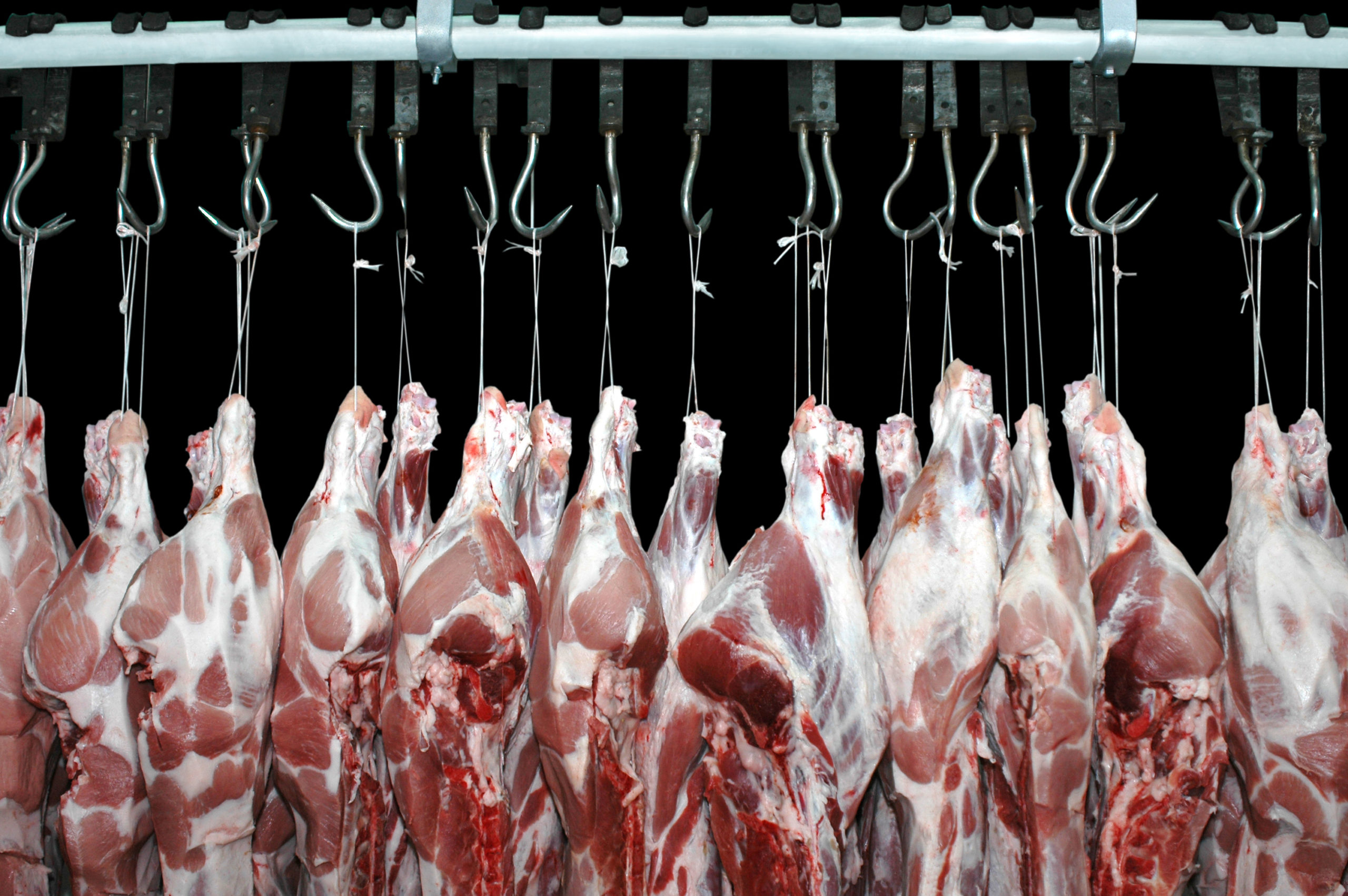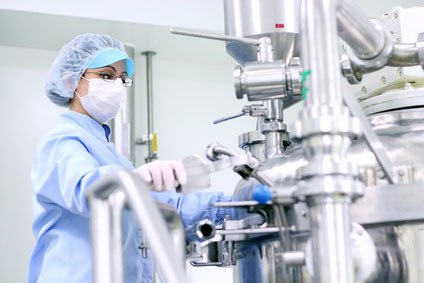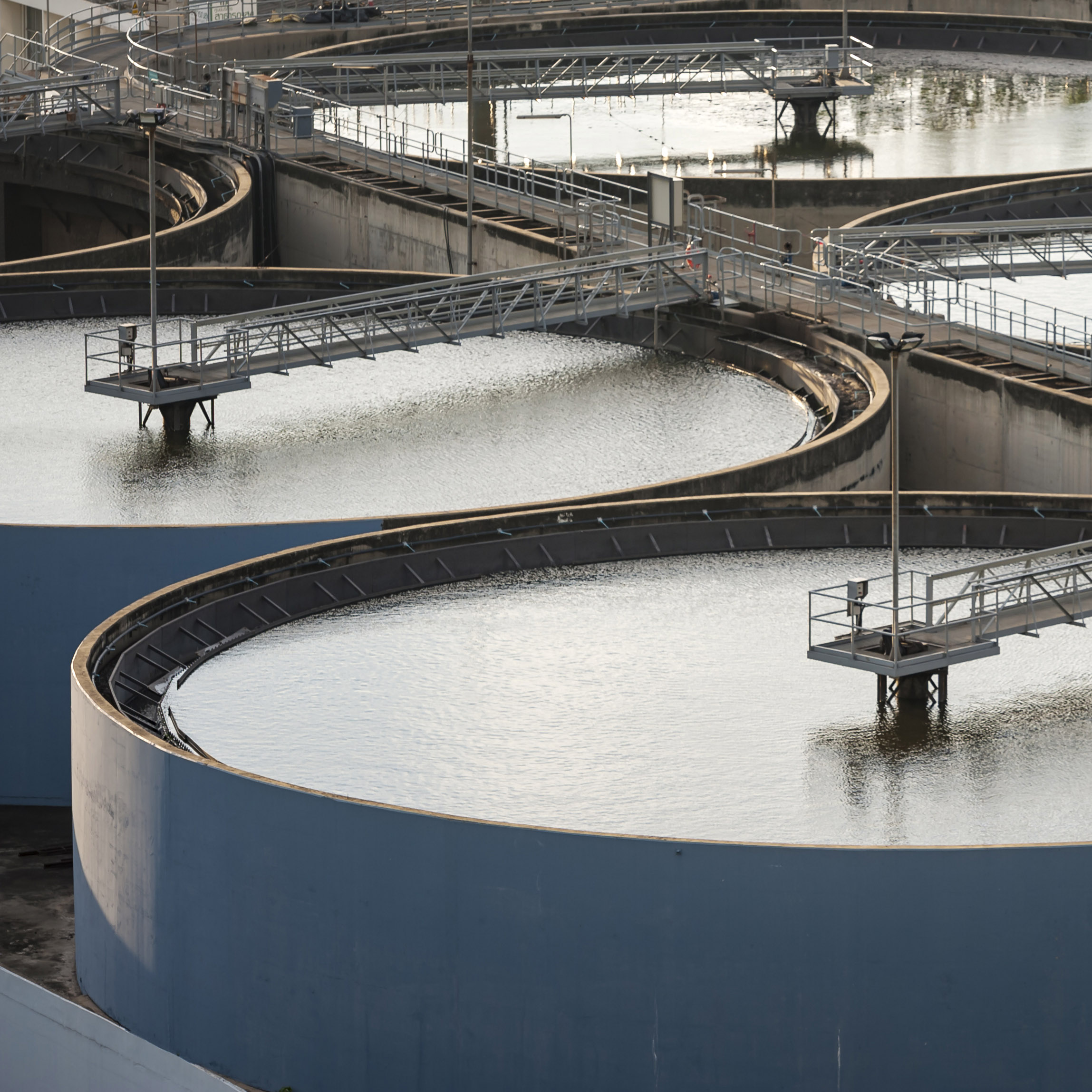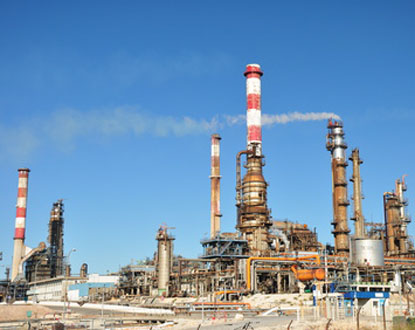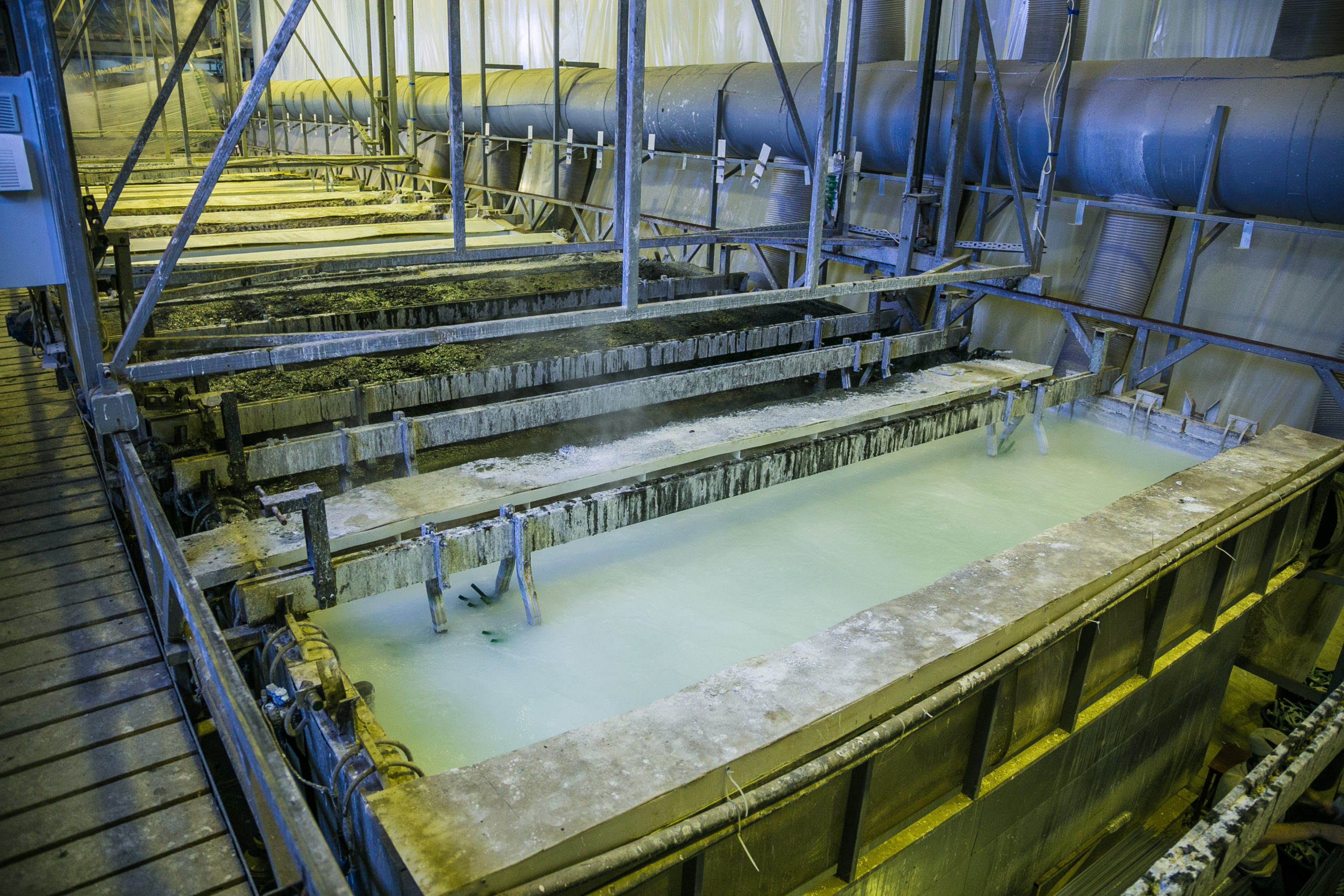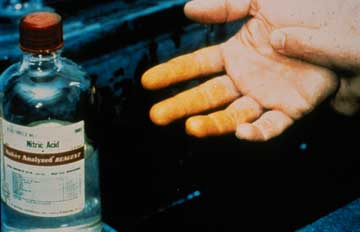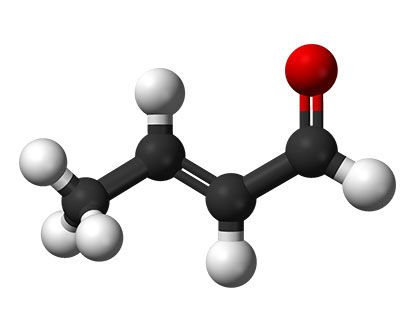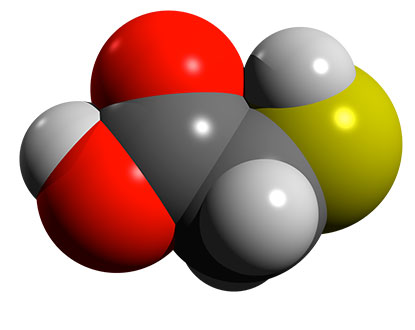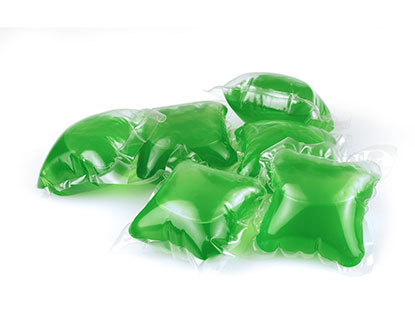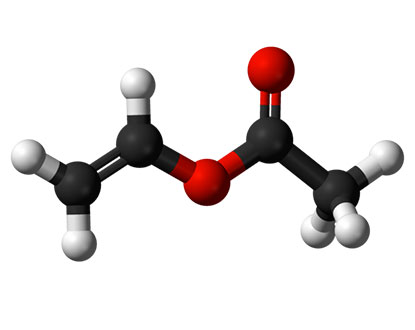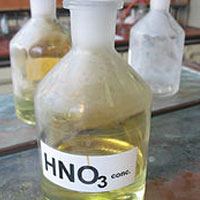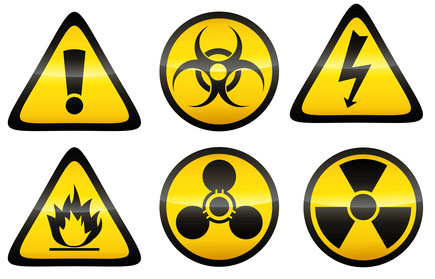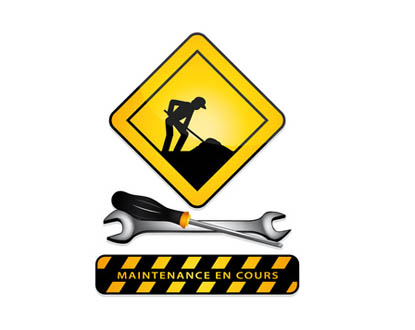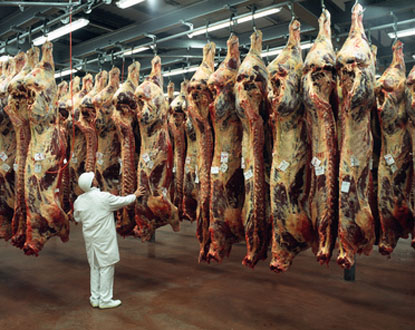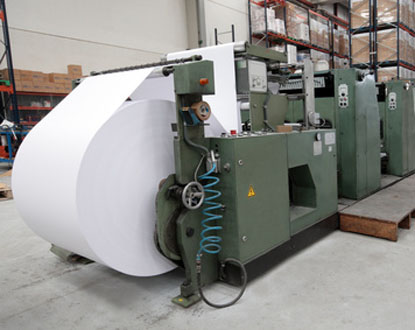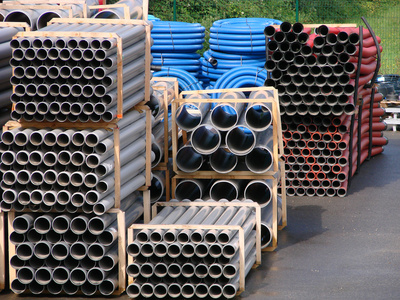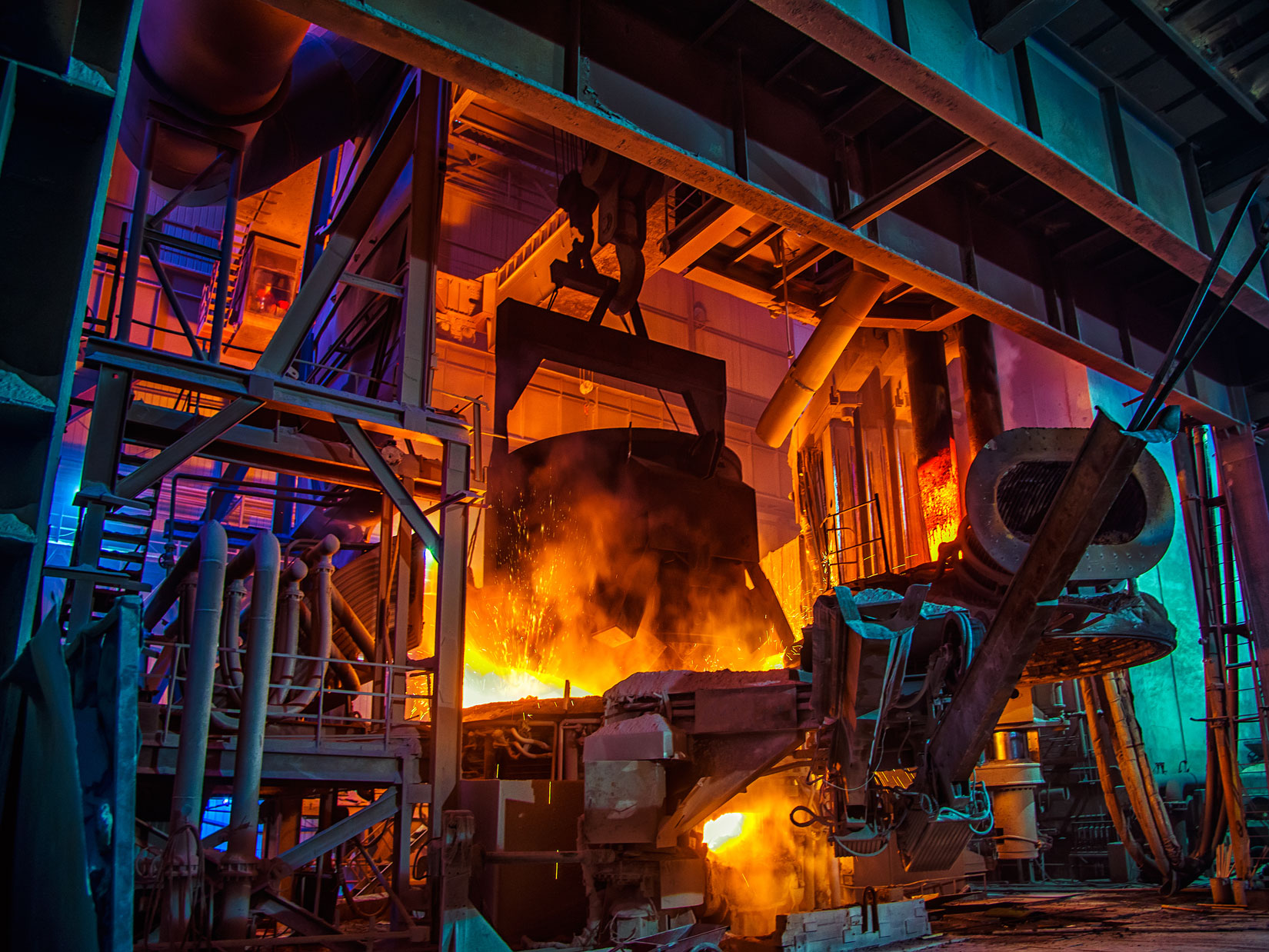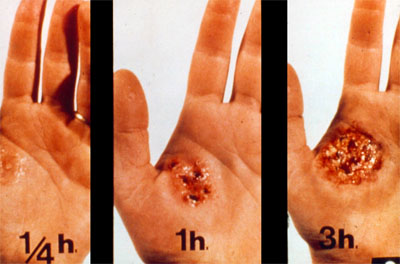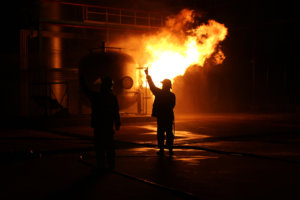The portal of chemical risk
Choose the information that best suits your needs by selecting the categories of items from the lists below
Sugar industry: chemical exposure in sugar production
Following a crisis period between 2017 and 2020 due to a change in regulations, the European sugar market is currently experiencing significant growth of almost 50%. As a result, both the production and consumption of sugar are increasing. Sugar is a foodstuff used by individuals as well as by industries for production purposes. The latter represent a large part of the sugar industry's customer portfolio.
Lime : Chemical risk and Prevention
Exposure to chemical risks in the meat industry
Chemical risks in pharmaceutical industry
Pharmaceutical manufacturing is a complex process that involves the use of a wide range of chemicals, including solvents, reagents, and active ingredients. While these chemicals are essential for producing life-saving medications, they can also pose significant risks to workers if proper safety measures are not in place.
Lithium-ion batteries: why and when do they pose a risk of chemical exposure for people?
In recent years, there has been an increase in the use of motorised personal mobility devices (MPMDs) equipped with a non-combustion engine such as scooters, bicycles, unicycles, hoverboards and similar devices. Like more and more electric vehicles, most MPMDs contain lithium-ion batteries, which are appreciated for their excellent longevity and energy storage efficiency.
Chemical risk in wastewater treatment?
Chemical risks in detergents production
Chemical risks in petrochemical industry
The secrets of solvation
The danger of hydrofluoric acid (HF)
Hydrofluoric acid is a key chemical in many industries, particularly as a surface treatment agent (glass, metals, ceramics, etc.) or as a reaction additive. It is used in many fields of activity, from the production of photovoltaic cells to industrial maintenance in the food industry. Despite the dangers associated with its use, there are few or no substitute products or techniques. This is why its production is growing along with its global demand.
Laboratory – Avoid tissue injuries
The Occupational Health Nurse and risk assessment
Occupational Health Nurse (OHN) and chemicals
Personal nurse experience in safety data sheet’s decryption
Crotonaldehyde – Focus on specific chemicals of interest
Cancer treatment and chemical hazards
Picric acid: Understanding specific chemicals hazard
European Standard EN 15154 – Safety showers
CE Marking and classification of medical devices
Pictographs in the workplace
Thioglycolic acid :Understanding the risk of specific chemicals of interest
Chemical risk at home: Hydro soluble unit-dose laundry pods
Vinyl acetate: Understanding the risk of specific chemicals of interest
Occupational doctor: What to do on learning through an employee or the director that new chemical products are being used?
Training of occupational health professionals
Are we prepared?
Carcinogens: Different classifications
Nitric acid, a danger lurking
Laboratory – Control chemical exposures
Chemical risks in chemical waste treatment
Chemical risks in semiconductors industry?
Organization of SAMU in Brazil
Chemical risks in mining industry?
Chemical risks in automotive industry
Chemical risks in emergency departments
Chemical risk in industrial subcontracting for the maintenance
Chemical risk in food industry
The food industry produces both finished products for consumption and intermediate products for further processing. It is diverse compared to many other industrial sectors. This diversity can be seen in terms of size and nature of the companies as well as the wide range of raw materials, products and processes. The food industry is subject to very diverse local economic, social and environmental conditions, and varying national legislations.
Chemical risk in paper industry?
The interest of the paper industry market is first of all linked to the complex process required by the production of paper. Two distinct manufacturing operations can be set-up according to the quality of paper needed: mechanical process (mechanical pastes for newsprints and magazines) or chemical process (chemical pastes for writing, impression or packing: sulphite pastes and sulphate pastes or kraft) during which the wood fibres are insulated with chemicals such as bisulfites or sulphates.

